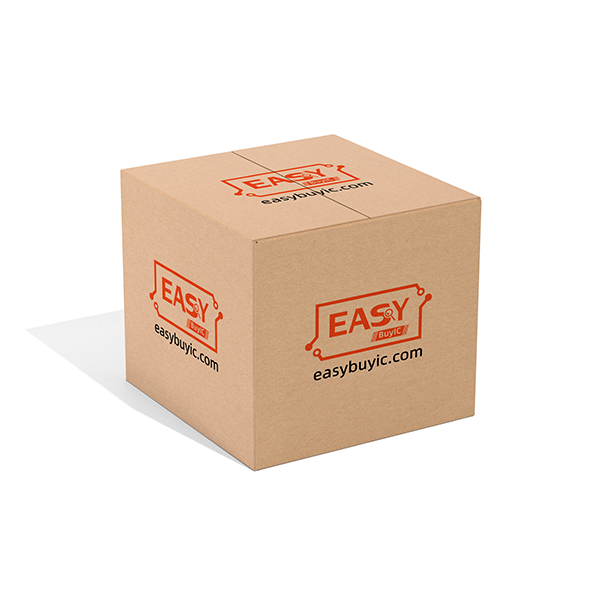How to deal with electronic components lead time
Advice on how to handle component procurement during times of shortage with electronic components lead time
1.Introduction
Timely delivery of electronic components is essential to the successful operation of any OEM business, but often long lead times result in production disruptions that impact revenue.
Since the "black swan event" happened, we have dealt with many electronic components with long lead times.Even some materials in short supply have a delivery time of 52 weeks. While this situation has now been alleviated, in order to avoid future contingencies that lead to long lead times for the components you need to source, in this blog, we will outline the current issues that lead to these lead times Different factors, and some advice on how to handle component sourcing during times of shortage.lead to increased costs and price increases

2.Delivery time and its definition
Lead time is the total time required to manufacture and ship an item, which includes order preparation, queuing, setup, running, moving, inspection, and shelving
3.The Importance of Delivery Time
Knowing lead times can help consumer demand estimate how long parts will take to manufacture and deliver, not accounting for lead times can create stress and confusion for supply chains and electronics component markets.
Factors Affecting Delivery Time
supply chain of production materials
production capacity
Factors such as duties and customs
Delivery times may vary for different product categories
Because of this variability, fluctuations in delivery times can be small and occasional, fast and considerable, or somewhere in between. Some trends tend to be consistent; for example, commercial resistors typically have longer lead times than sensors, due to simple supply demand. Lead times may vary significantly between product categories. Lead times can increase if parts become less commonly used, or unprofitable to manufacture. As manufacturers' demand moves to smaller package sizes such as 0201 or even 01005, lead times for larger surface mount device (SMD) assemblies can be impacted. Parts with tighter tolerances or high ratings, such as Mil-Spec parts, typically have higher lead times. This is primarily due to the longer manufacturing times and setups required for such parts, as well as increased quality assurance requirements and other special considerations, all of which add to the overall process time.
Impact of MLCC shortage on the electronic market
MLCC is an electronic component which has the longest lead time, the shortage of MLCC has had a clear impact on the global industry. Increased demand and limited supplier capacity lead to component and long lead times
This shortage is having a clear impact on the global industry as the demand for electronic products designed with hundreds or thousands of MLCCs increases. About 400 MLCCs are needed to develop a smartphone. Modern electric/hybrid vehicle standards require more than 3,000. At the same time, the return on investment for these parts remains flat—or low—relative to the investment required by suppliers to increase their production volumes. The result of this imbalance over the past two to three years has been that there are too few manufacturers able to meet the demand, disrupting the low costs and short lead times that the market normally enjoys.
4.Take advantage of lead time
With so many factors in mind, it's nearly impossible for the casual enthusiast or busy buyer to keep track of everything on his own. Worse, since most manufacturers have specific electronic component requirements that are dictated by design and organizational procurement requirements, it is often not practical to switch to alternative parts at short notice when faced with shortages. For these reasons, understanding lead time trends is critical when purchasing electronic parts.
The best way to ensure that you design and manufacture your product with as little hassle as possible is to order your parts from a distributor who has current lead time information.
EASYBUYIC provides delivery time information and trend services
Prepare for extended lead times
Consider strategic sourcing and recycled materials
Strategic Decisions Help Address Extended Lead Times
Develop manufacturing methods to increase efficiency and reduce waste
For market intelligence,Anticipate peak demand times and stock components in advance
Have qualified and reliable backup suppliers
5.Epilogue
To meet the challenges posed by material shortages, manufacturers need to consider strategically sourcing and recycling materials wherever possible, as well as developing manufacturing methods to increase efficiency and reduce waste.
On the supply chain side, OEMs and suppliers should work together to predict when the highest demand for certain components is likely to occur. In addition to the times around new product launches, using past sales time data can give you a good idea of when your busiest periods are coming. Forecasting means suppliers can stock components that OEMs need ahead of time, significantly reducing component lead times
While a simplified approach to supply chain management is best, having a qualified and reliable backup supplier of components is recommended as it provides greater flexibility in times of shortage.
EASYBUYIC is one such company that operates efficiently even in turbulent times. Not only selling active parts, but also passive components.Our flexible approach to component supply means we are always ready to accommodate component shortages and increased lead times to find solutions that keep supply chains running smoothly,satisfy consumer demand.